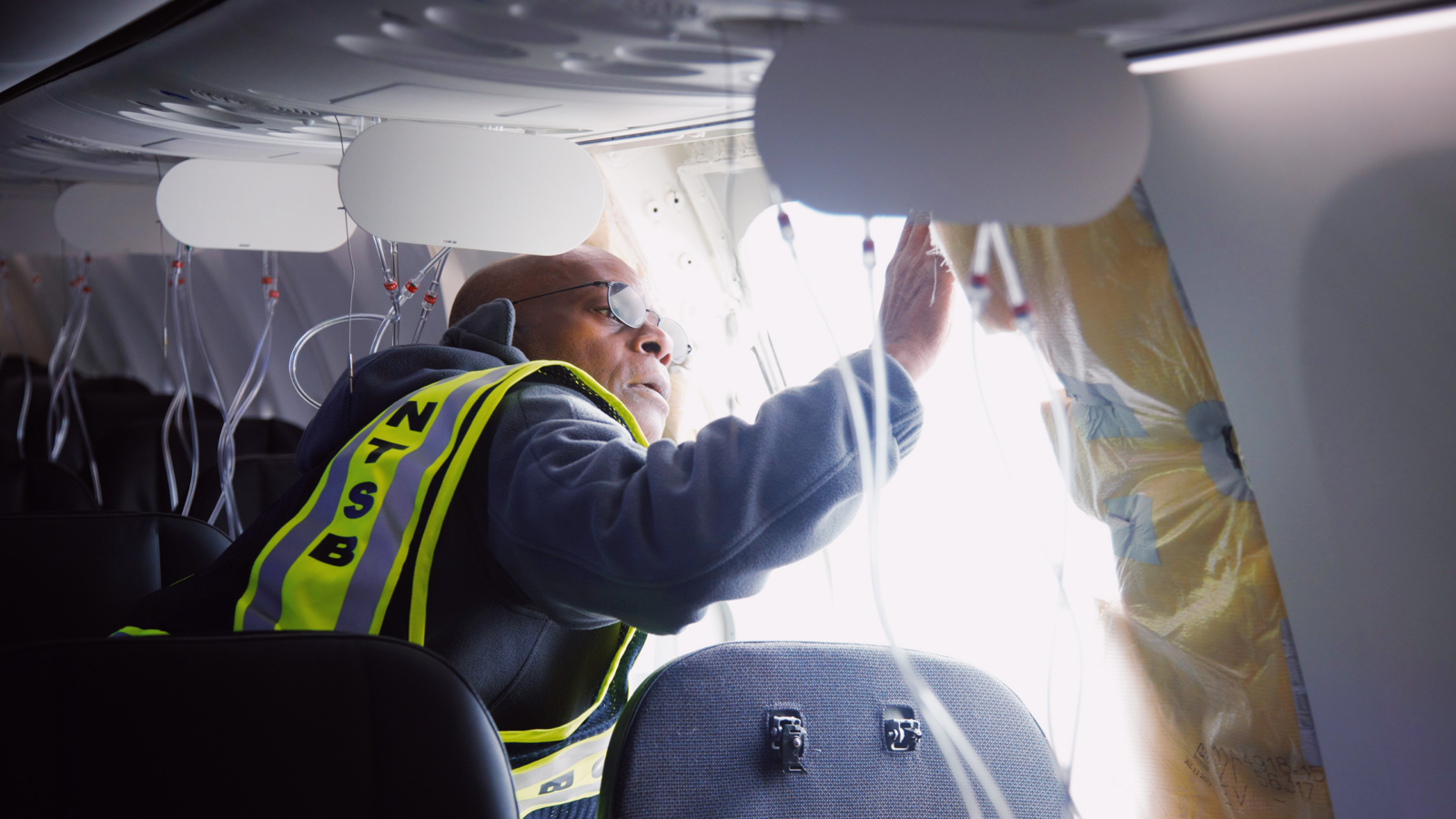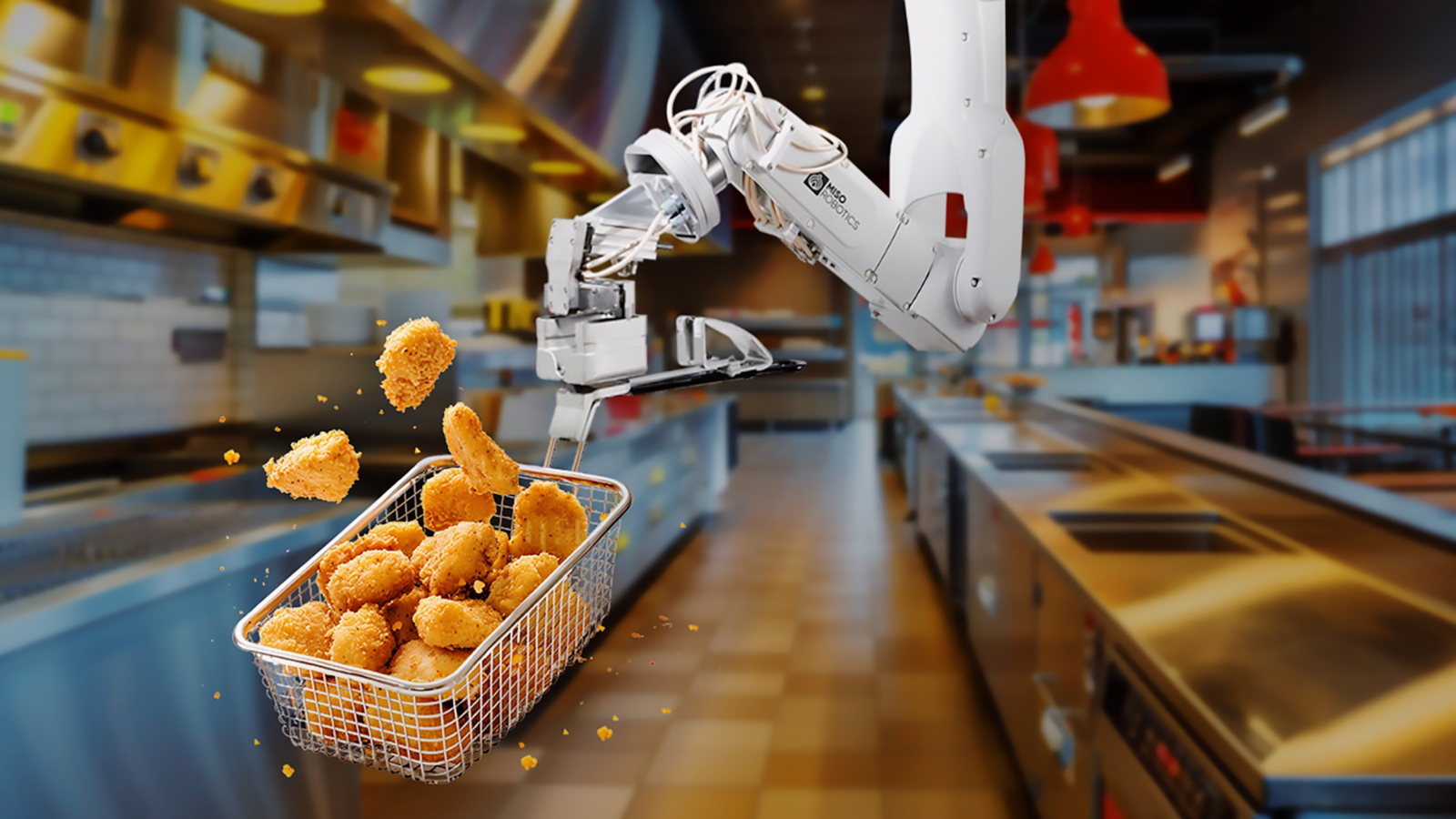Good morning.
Now it’s time to say goodbye.
Two months after losing a high-profile proxy battle with Disney, activist investor Nelson Peltz has sold his entire stake in the company, per a CNBC report. After agitating the House of Mouse for nearly two years and loudly criticizing CEO Bob Iger for supposed missteps, Peltz’s Trian Partners, according to CNBC, sold off its stake in April when shares traded around $120 a pop and — well, whaddya know, scored a $1 billion payday on the position. A billion dollars? That sure is swell.
Boeing Meets With FAA to Lay Out its Improvement Plan

Boeing had a marathon meeting with its new quality control guru – the Federal Aviation Administration.
On Thursday, Boeing officials met with the FAA to discuss the firm’s ongoing safety issues. The nearly three-hour meeting comes after the regulatory agency gave Boeing 90 days to come up with a turnaround plan.
System Update
Anyone with an especially long memory may trace Boeing’s problems back to the twin fatal crashes that grounded all 737 MAX aircraft in 2019. But the company’s woes were kickstarted again in January when a mid-fuselage exit door blew off a 737 Max 9 Alaska Airlines aircraft shortly after takeoff, the first in a series of mishaps and near-disasters. Those incidents prompted a six-week FAA audit of Boeing’s manufacturing processes, which, among 97 instances of alleged non-compliance, revealed upsetting safety lapses such as using everyday items like Dawn dish soap, hotel key cards, and cheesecloth as makeshift tools. Yikes. Still, those issues likely didn’t surprise anyone who took seriously the myriad red flags furiously waved by company whistleblowers.
In January, the FAA also imposed a 38-planes-per-month cap on Boeing’s 737 Max production line. And in February, the FAA also imposed a 90-day deadline on Boeing to come up with a quality improvement plan. That deadline ended Thursday, and Boeing hasn’t exactly been given an all-clear sign:
- The FAA says it won’t clear the company’s current production cap, and it will insist on approving every single plane that comes off Boeing’s production lines. The agency will also impose a “significant increase” of its safety inspectors at Boeing plants and at those of key supplier Spirit Aerosystems.
- Boeing says it has added 300 hours worth of training materials for employees and is implementing more “workplace coaches” as well as avenues for employees to voice concerns. Whistleblowers have previously alleged that the company spent years systematically dismantling a safety culture that had previously valued employee expertise and the flagging of safety concerns.
“Systemic change isn’t easy but in this case is absolutely necessary, and the work is never really done when it comes to the safety of the flying public — from Boeing, airlines, or the FAA,” FAA Administrator Mike Whitaker said in a statement following the meeting. “But we will hold the company accountable every step of the way to make sure these changes happen.”
Turbulence: None of this is doing the company’s bottom line any favors. While the FAA has barred the company from producing more than 38 737 Max’s per month, Jefferies estimates Boeing is only producing around 21 per month. At a conference earlier this month, CFO Brian West stated that the company expects to burn cash overall this year, with a second-quarter loss possibly exceeding the first quarter’s $4 billion figure. In other words, the sky may be falling for the company whose planes started falling out of the sky.
Meet Fast Food’s New Best Friend

Fast food prices have skyrocketed over the last five years, but Miso Robotics has a solution. As a company with special development access to Nvidia’s most leading-edge tech, Miso is revolutionizing the restaurant industry with AI-powered robots that can 4x restaurant profit margins.
Partnered with industry giants like White Castle, Miso’s robots can be perfect employees who never call in sick or take vacation. And they can handle those hot, dangerous jobs without breaking a sweat.
Imagine a world where your fries are always perfect and fast food prices stop rising because of the labor gap. Sound like sci-fi? It’s happening now.
The AI Boom Is No Friend of the Green Energy Transition
The technology of the future relies on a source of energy deployed by Paleolithic cave dwellers. As juice-sucking tech firms battle for artificial intelligence supremacy, the coal industry has been cleaning up.
What’s an UNLESS?
So it goes for fossil fuel purveyors. Like Dr. Seuss’ Lorax, Joe Biden has tried to bill himself as one who “speaks for the trees,” targeting a carbon pollution-free energy sector by 2035. However, his presidency has involved some Once-ler flair, too. For the past six years, the US has produced more crude oil than any nation at any time, according to the US Energy Information Administration. Renewable energies like hydro, wind, and solar comprise about 21% of the country’s electricity generation. That’s progress, but it’s roughly a third of the demand covered by fossil fuels.
It’s not just AI firms hogging all the juice. Cloud data processing and quantum computing require plenty of power, and a lot of it comes from dirty sources. Crypto mining accounts for 0.6% to 2.3% of all electricity used in the US and is more likely to keep fossil fuel operations humming than pave the way for renewable energy, one Princeton professor told The New York Times last year. Just look at the top 10 stocks and the top five performers on the S&P 500, and it’s easy to see how big tech firms and energy companies feed off of each other.
Now, as the AI race ramps up and energy demands rise, coal power operators are delaying plans to shutter certain facilities:
- By the end of the decade, operators plan to cut only 54 gigawatts of US coal power generation assets, a 40% downward revision from last year, the Financial Times reported. Alliant Energy had intended to convert a Wisconsin coal-fired plant to gas next year but just delayed it to 2028. FirstEnergy ditched plans to phase out coal operations by 2030 due to “resource adequacy concerns.”
- This isn’t to say the coal market is growing, but it also won’t be significantly shrinking — though past its glory days, coal still accounts for about 16% of generated electricity.
The Road Less Traveled: New technologies to help mitigate fossil fuel usage are having a rough go of it, too. Though drivers are switching from combustion engines to their battery-powered counterparts, it hasn’t been a 0 to 60 in 3.5 seconds transition. EVs still make up only 1% of all cars on US roads, meaning it will be quite a while before gas stations are as obsolete as window cranks.
Google Just Can’t Quit the Metaverse
Wait, is the metaverse still open?
Google is partnering with Magic Leap, a slightly faded beauty of the augmented-reality industry famous for its AR headsets — devices that project images onto the world around you, rather than surrounding you entirely in a virtual world. It’s not entirely clear what the parameters of the partnership are, but Google must be fairly convinced of the benefits given it’s been burned before.
Walking on Broken Google Glass
Much to Mark Zuckerberg’s chagrin, metaverse-style headsets still haven’t become a mass consumer product. That’s not for lack of Silicon Valley trying, though. In 2012, Google introduced the world to Google Glass, a pair of glasses with a computer that displayed information on the lenses. Google tried to market the glasses to consumers as well as business customers, but the $1,500 price tag and an unfortunate nickname for its users meant Google Glass was only on shelves for three years.
Now it seems Google is willing to dip its toe back into that market. The partnership is also a big coup for Magic Leap, which after some rough years might be finding a new lease on life by licensing out its technology:
- Magic Leap’s first headset in 2018 was viewed as a flop, with consumers showing little appetite for a $2,000 headset. Its valuation dropped $4.4 billion between 2018 and 2021.
- Now, however, with the release of Apple’s VR headset the Vision Pro, gambling on high-end headsets is fashionable again. In January, Saudi Arabia’s sovereign wealth fund, which bought a controlling stake in the company in 2021, invested an extra $590 million in Magic Leap.
Neither Google nor Magic Leap confirmed outright that they’re making a consumer device together. “We’re thinking, putting our expertise and [Google’s] expertise together, there’s lots of things we could end up doing,” Magic Leap’s Chief Technology Officer Julie Larson-Green told Reuters.
Enterprising Folks: Consumer products won’t be the sole focus for Magic Leap or companies looking to lease technology from it. In an interview with VentureBeat in January, CEO Ross Rosenberg said the company was looking at niche, professional uses for its headsets such as “complex surgical planning” and military uses.
Extra Upside
- It’s a bird, it’s a plane: Amazon to bolster drone delivery services, flying longer distances out of sight of ground spotter.
- Otaku: Crunchyroll streaming service is a major boon for Sony as anime’s popularity spreads worldwide.
- 50% Rise in Global Demand for Liquid Natural Gas Predicted by 2040. Get in on the ground floor of this “Frozen Gold” by investing in the top producer of America’s LNG exports (returns are already averaging 133% per year since 2020). Grab the details of this stock, download “Frozen Gold: An Investor’s Guide to the coming $73 Billion Energy Boom”.**
** Partner
Just For Fun
Disclaimer
*This is a paid advertisement for Miso Robotics Regulation A offering. This forecast is a forward-looking estimate, subject to change based on market conditions, operational challenges, and other unforeseen factors. Investors are advised to exercise due diligence and consider these assumptions and risks when evaluating the feasibility of the projections. Please read the offering circular at invest.misorobotics.com.

